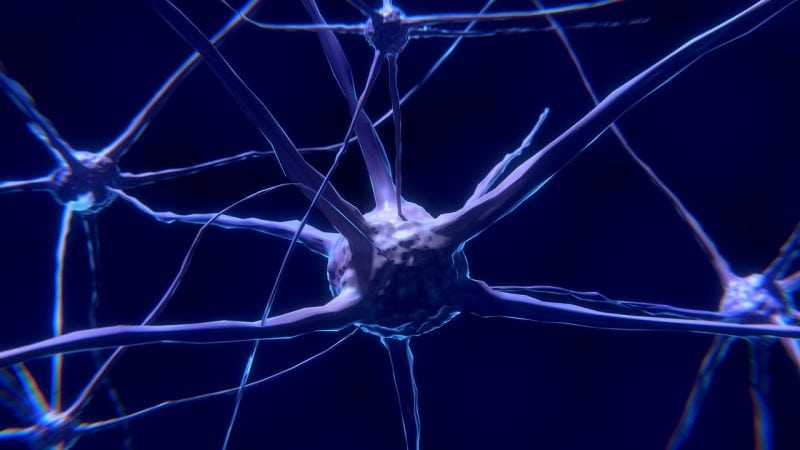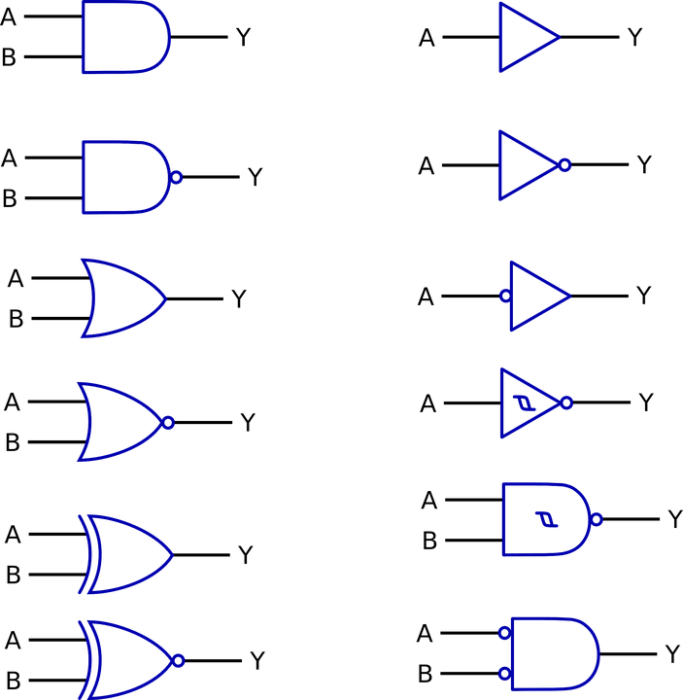
A team of scientists from Zurich has managed to create a biocomputer using human cells. A biocomputer is a system made out of living cells capable of processing information, and the ETH Zurich team has successfully used human cells to construct a simple computational circuit.
In a recent paper published in the journal Nature Methods, a team of researchers from the University of Basel and ETH Zurich discussed the methods they used to create the biocomputer. The biocomputer was made out of nine groups of cells, arrayed within a 3-D lattice structure. Every cell module, or computational node, was created to react to different chemicals. The chemical inputs impacted the cells in a similar manner to how electrical inputs are used in normal computers.
Computers And Logic Gates
Computers carry out computations via a system of “logic gates”. A computer’s logic gates are small electrical circuits that have two inputs and one output. The incoming electrical signal is received by the gate, and only if it matches the parameters of the gate will the signal be allowed to pass through. Simple types of logic gates include AND gates, OR gates, and NOT gates.

Photo: Clker-Free-Vector-Images via Pixabay
The inputs in a logic gate can be in one of two positions, on or off, represented by ones and zeroes. That’s why computers are referred to as binary systems.
Different Types of Logic Gates:
- An AND gate will only advance the electrical input if both inputs are set to the on position, or are both ones.
- An OR gate will allow the signal through if one or both of the inputs have a “one” value.
- A NOT gate inverts whatever signal approaches it, turning a one into a zero and a zero into a one.
These operations are quite simple, but when many logic gates are combined together in a computational circuit, the circuit becomes capable of handling complex processes.
Computing With Chemical Signals
By arraying the clusters of biocells similar to a computer circuit and using the different chemical stimulants to stimulate the clusters (mimicking the role of logic gates), the researchers were able to construct a biocomputer. The biocomputer was used to handle different “full-adder computations”. Full-adder computing is where a complex calculation is divided into separate, smaller chunks that are easier to manage. In this case, the cell clusters in the biocomputer each handled a small portion of the calculation, and then the results were summed together at the end.
If it’s hard to believe that a cluster of cells could be used to carry out mathematical operations, handle data and process information, remember that our brains do the same. (The term “computer” initially referred to people who would compute/calculate things for a living.) The human brain operates somewhat similarly to a computer: It receives input stimuli from the world, the neurons (logic gates) process the information and then output the signal to the relevant nerves and muscles to perform an action.
Different forms of artificial intelligence aim to emulate the different aspects of the human brain via the use of artificial neural networks. A computer is just a system which processes information, and the research team responsible for the study noted how the similarities between animal cells and information processing systems, like computers, could be exploited to carry out stunning feats of processing.
The researchers say that a single mammalian cell is capable of parallel processing a huge amount of metabolic information. Furthermore, the fact that the information processing is distributed across different types of cells and can be scaled up to 3D cell culture structures “theoretically endow(s) biocomputers with unlimited parallel-processing capacity.”
Other Biocomputing Endeavors
It’s likely that this is the first time human cells have ever been used to create a biocomputer. There have been previous experiments that utilized living cells to do computations, though the previous projects didn’t use human cells and were simpler.
DNA has been used to produce circuits and transistors. A team from the California Institute of Technology used a circuit based on varying concentrations of DNA within test tubes. When new strands of DNA were added to the test tube, a chemical reaction was kicked off that released a series of different DNA strands, the “output” of the DNA computation, essentially. To control the interactions between the different molecules of DNA, a series of “seesaw gates” were employed, DNA nanostructures which are capable of transforming one DNA signal into another, acting like an AND/OR switch.

Photo: PublicDomainPictures via Pixabay
Elsewhere, jellyfish protein was used to engineer “bio-pixels”, a digital display made out of jellyfish cells. The researchers modified the jellyfish DNA so that it would express a particular protein, Green Fluorescent Protein (GFP). This is what makes some species of jellyfish glow. The DNA was used to create an 8 by 8 display that could be interfaced with via a smartphone app. The app could make certain colors glow, display messages by lighting up certain regions, and even play basic video games. The display was created by a start-up called Cell-Free Technology, who removed the cell components responsible for replication, leaving behind a “biochemical soup” capable of creating the GFP protein.
Unlike the other two research projects, the biocomputers created by the Zurich team are capable of being rearranged at will. You can put the different computational nodes in different areas to carry out different operations, and you can do it without ruining the biocomputer. This may also mean it might scale easily to more complex operations.
Applications For Biocomputers
One of the proposed applications for biocomputers like these is the ability to create devices that could monitor people’s health at the cellular level. These cells could potentially recognize when other cells are damaged or begin to malfunction. This could give doctors the ability to catch the development of illnesses faster than ever before, and would provide researchers with more information about how diseases develop.
Beyond an increased capacity to diagnose and research diseases, biocomputer systems could help scientists treat or cure diseases and illnesses. Since the biocomputers take an input chemical signal and release an output, the input could be defined as a certain indicator of a disease. Once the disease has been detected by the biocomputer, it could release an output in the form of a therapeutic chemical.
These advances seem like a substantial step towards having implantable computers that could mesh with the human body, but of course, there’s still a long way to go. More research will need to be done to see if these 3D lattices can be scaled up to larger biocomputers.








